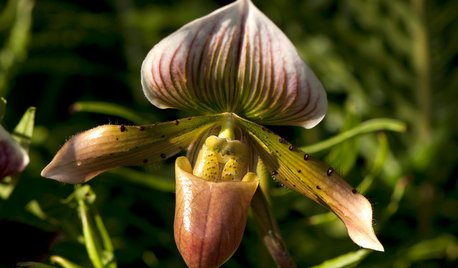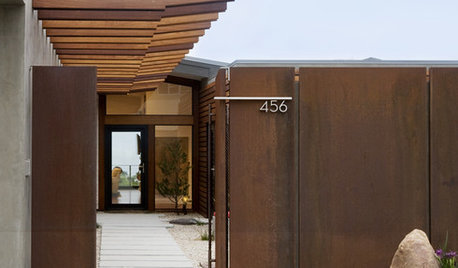Ensuring success of cuttings
joshtx
10 years ago
Related Stories

REMODELING GUIDES6 Steps to Planning a Successful Building Project
Put in time on the front end to ensure that your home will match your vision in the end
Full Story
DESIGN DETAILSThe Secret to Pocket Doors' Success
Pocket doors can be genius solutions for all kinds of rooms — but it’s the hardware that makes all the difference. See why
Full Story
SALVAGEDIY: Secrets of Successful Upcycling
Learn how to find and customize salvaged pieces and materials to create one-of-a-kind furniture and accessories you love
Full Story
ORGANIZINGSmall Steps to Organizing Success
Take care of bite-size projects, and your home's big picture will be an organized dream before you know it
Full Story
LANDSCAPE DESIGNSecrets of a Successful Water Garden
Relax. Having a water garden is much easier once you understand the basics
Full Story
HOUSEPLANTSOrchids 101: Slipper Orchid Success
If you don’t already love Paphiopedilums, learning how to grow them with ease might change your mind
Full Story
ARCHITECTUREHave It Your Way — What Makes Architecture Successful
Universal appeal doesn't exist in design. The real beauty of any home lies in individualization and imagination
Full Story
MOST POPULAR8 Things Successful Architects and Designers Do
Good architects tell a story and engage the senses. They understand the rules — and know when to break them
Full Story
ENTERTAININGEasy Hospitality: 3 Basics for Successful Hosting
Make guests comfortable even if resources are tight by getting these entertaining essentials down pat
Full Story










seil zone 6b MI
portlandmysteryrose
Related Professionals
Canton Landscape Architects & Landscape Designers · Holly Springs Landscape Architects & Landscape Designers · Belmont Landscape Architects & Landscape Designers · Quincy Landscape Architects & Landscape Designers · Amesbury Landscape Contractors · East Patchogue Landscape Contractors · Parker Landscape Contractors · Round Lake Landscape Contractors · Randolph Swimming Pool Builders · Colorado Springs Siding & Exteriors · Fairfax Siding & Exteriors · Kenosha Siding & Exteriors · Madison Siding & Exteriors · Riverside Siding & Exteriors · Yakima Siding & Exteriorsgnabonnand
joshtxOriginal Author
joshtxOriginal Author
ogrose_tx
Kippy
melissa_thefarm
alameda/zone 8/East Texas
mad_gallica (z5 Eastern NY)
bluegirl_gw
bluegirl_gw
roseseek
portlandmysteryrose
bluegirl_gw
seil zone 6b MI
roseseek
seil zone 6b MI
melissa_thefarm